Lotus technical director Nick Chester on the E22
Lotus caused something of a sensation when they released the first images of the radical Renault-powered E22 in January, but with the Enstone team missing the first test, we’ve had to wait until this week in Bahrain to see the car in the flesh. And, as technical director Nick Chester explains, there’s much more to the car than that unusual nose…
Q: How would you describe the E22?
Nick Chester: I would say that it’s an elegant solution for the 2014 regulations. These regulations are a big challenge meaning we had to create a car very different from designs we’ve created before. Despite all these new challenges, we’re very happy with our interpretation and the car we’ve created.
Q: What about the nose - is that a two fingered approach to the regulations?
NC: The nose certainly is quite interesting! It has generated a lot of talk. We think it’s a nice solution and it’s quite innovative. Naturally, as with any interpretation of new regulations, we’ve talked with the FIA to ensure that they are happy with the design. It’s nice to have something a little bit different and we’re happy with our path having seen what everyone else is doing with their cars in this area.
Q: What were the main challenges in packaging the new Power Units with all the energy recovery magic within?
NC: The new Power Units incorporate waste heat and braking energy recovery systems and these form a much bigger percentage of the complete package than before. There is a bigger energy store to package, a lot more electrical cabling and the cooling requirements are much greater than we’ve seen in previous years. The systems are much more complicated. Trying to create an elegant package for the power unit and cooling systems has been difficult, but we’re very happy with the progress we made in this area.
Q: How much of the E22 is new and are there elements which can be carried across from previous cars despite such big regulations changes?
NC: The E22 is completely new. There’s very little which could be carried across from previous cars. That said ,in certain areas we’ve been able to follow the same philosophies such as in our approach to aerodynamics and suspension, where lessons learnt with previous cars have been highly relevant.
Q: Where do some of the big differences with this year’s cars lie?
NC: It’s possibly easier to ask what the similarities are. Even things like the front wing - which may look quite similar to the untrained eye - has to follow a new approach and philosophy as the regulations stipulate a new width, and this actually has a big impact on air flow management due to the relationship of the wing to the front track and where the tyres sit in the resultant air flow.
If you put the E21 next to the E22 and stripped off the bodywork you’d see a lot of major differences. For example, the radiators on the E21 are significantly smaller than those on the E22 due to the far greater cooling requirements this year.
The engine of the E22 - being a 1.6 litre V6 - is a lot smaller than the 2.4 litre V8s we’ve used most recently, but the latest gearboxes are larger than those we’ve seen before. Certainly, the energy recovery, storage and deployment systems, and all the electronics related to these mean the internal architecture of the E22 is every different from that of the E21. These factors, as well as countless others, meant that we have spent a tremendous amount of time working on the E22 and I’m confident that we’ve followed a good path in this development.
Q: How will the racing look this year?
NC: The racing in 2014 is going to be very interesting! We’re all expecting surprises and it’s difficult to forecast exactly who’s going to be where on the grid at the start of a race weekend and particularly difficult to forecast the order at the end of one. The challenges we all face with these new regulations, such as only having 100kg of fuel means the energy management through a race will be an area of tremendous focus. It’s going to be quite exciting.
Q: How big a concern is reliability?
NC: It’s a big concern for all teams as everything is so new and different from the cars we’ve used before. We’ve seen from initial testing that some cars were able to get a good number of laps under their belt very quickly and others were not. Every team will learn a lot in the first races and we all expect the unexpected! I don’t think any team will have as good a finishing record as in previous seasons as the last generation of cars were so well developed and their reliability was so strong. Our challenge is to get the 2014 cars to be as reliable as their forebears despite all the new technology included. That would be a tremendous achievement for Formula 1.
Q: With such new and different regulations can we expect a different rate of development for the 2014 cars through the season?
NC: We’re all still getting used to the new regulations so I expect there will be a much higher rate of development through the season as we learn more about these cars. This will probably mean that the competitive order shuffles somewhat over the course of the year as different teams unlock the potential of their cars at different rates.
Q: Looking at other teams’ offerings - how confident are you that the E22 offers a good solution?
NC: There are some nice solutions out there. Already Mercedes and Red Bull have interesting aspects to their cars, but looking at the E22 after seeing everyone else’s interpretations, we’re still very pleased with the direction we’ve taken and the hard work of everyone at Enstone really has created an elegant car. It’s going to be very interesting to see all the cars running together and fascinating to watch the first races unfold.
Next Up
Related Articles
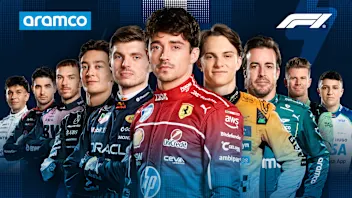 Power RankingsWho did our judges rank as the best F1 driver of 2025?
Power RankingsWho did our judges rank as the best F1 driver of 2025?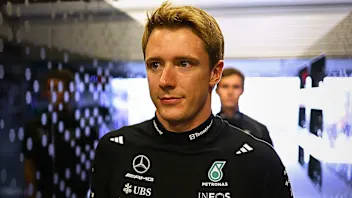 ExclusiveVesti on life as Mercedes reserve and his F1 plan
ExclusiveVesti on life as Mercedes reserve and his F1 plan.webp) Winners & Losers5 Winners and 5 Losers from the 2025 season
Winners & Losers5 Winners and 5 Losers from the 2025 season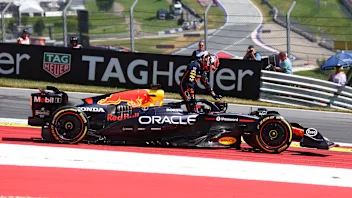 ‘I hated this car at times’ – Verstappen on his 2025 season
‘I hated this car at times’ – Verstappen on his 2025 season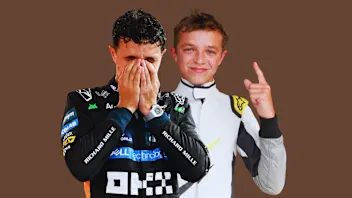 ExclusiveHow Norris made his school teachers ‘enormously proud’
ExclusiveHow Norris made his school teachers ‘enormously proud’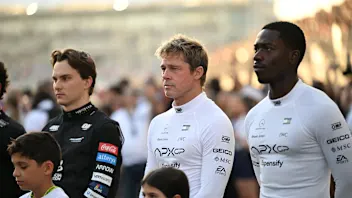 ExclusiveHow APXGP was brought to life by costume designer Julian Day
ExclusiveHow APXGP was brought to life by costume designer Julian Day